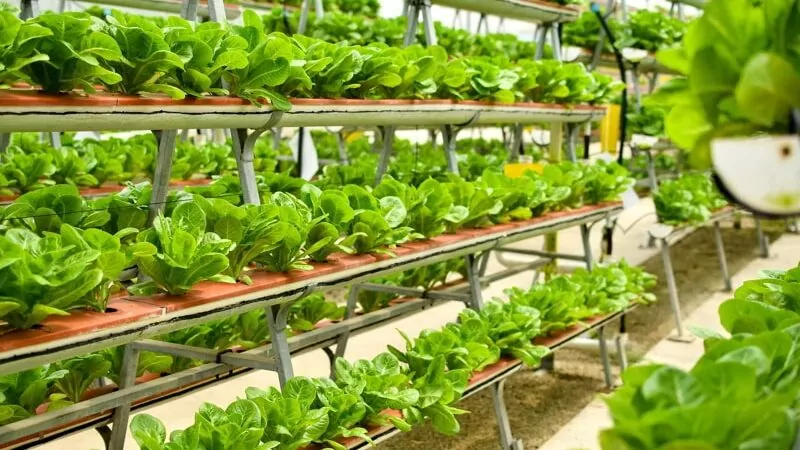
The Secret To Making A Profit In The Global Food Market
3 Ways To Profit From The Booming Demand For Healthier Eating
A survey by New Hope Network reports that 77% of Americans have made personal health a greater priority as a result of the pandemic.
The group also estimates that “Sales of natural, organic, and functional food and beverage in the United States grew 13% to US$186 billion in 2020.”
Meanwhile, total world population is projected to reach 9 billion by 2050.
That’s a lot of mouths to feed.
The U.S. Department of Agriculture figures that the world will need to double current production rates to meet the demand.
And we can expect that an increasing number will seek out healthier produce.
Food that’s organic and free of chemicals… that won’t do harm to our planet or our bodies… at rapidly increasing rates, that’s what we all want.
This year alone, the global organic food market is expected to grow by 9.7% to over US$220 billion.
The question is: How can you—the individual investor—position yourself to profit from the exploding opportunity?
I’d Say You Want To Follow These Three Rules:
1. Invest Turn-Key
Unless you’re prepared to go really big and to become an expert farmer, you should invest with a group that will handle all aspects of production for you, simply sending you your share of profits from each harvest…
2. Make Sure You Own The Fundamental Asset
Focus specifically on turn-key opportunities where you own the fundamental asset. This may be the underlying land… or, in the case of hydroponic farming, the greenhouse where the produce is grown…
3. Go Niche Or Go Home
You aren’t going to get far investing at a commodity level. You want to target highly specialized crops…
Are We Talking Short Or Long Term?
I’ve long recommended forestry and hardwood products for investment.
Those are long-term plays where you get a lump sum once your trees are harvested. This can be 15 to 25 years down the line, depending on the age of the trees when you buy.
What about turn-key farming projects?
Technically, these are also long-term investments. You typically want to hold your asset for a minimum of 20 years. But the big advantage here is the regular—and early—cash flow…
You’ll need to allow some time for the produce to grow. But, from as soon as year two with some projects, you’ll begin receiving annual pay-outs. And these pay-outs continue to climb every year…
For example, in the truffle opportunity I’ve recommended to you, from year 15, annual pay-outs reach upward of US$34,000…
This regular, passive income can be a nice boost to your annual income—maybe helping to fund your new life overseas…
Or you could let it accumulate and fatten your nest egg. Taking truffles as our example again, you’d be looking at a total pay-out of more than US$752,000 over 30 years… a 1,193% return on investment.
Bottom line, a turn-key farming product can satisfy both long- and short-term investment goals. Whether you choose to spend or save, the payments continue to roll in, year after year.
Lief Simon



